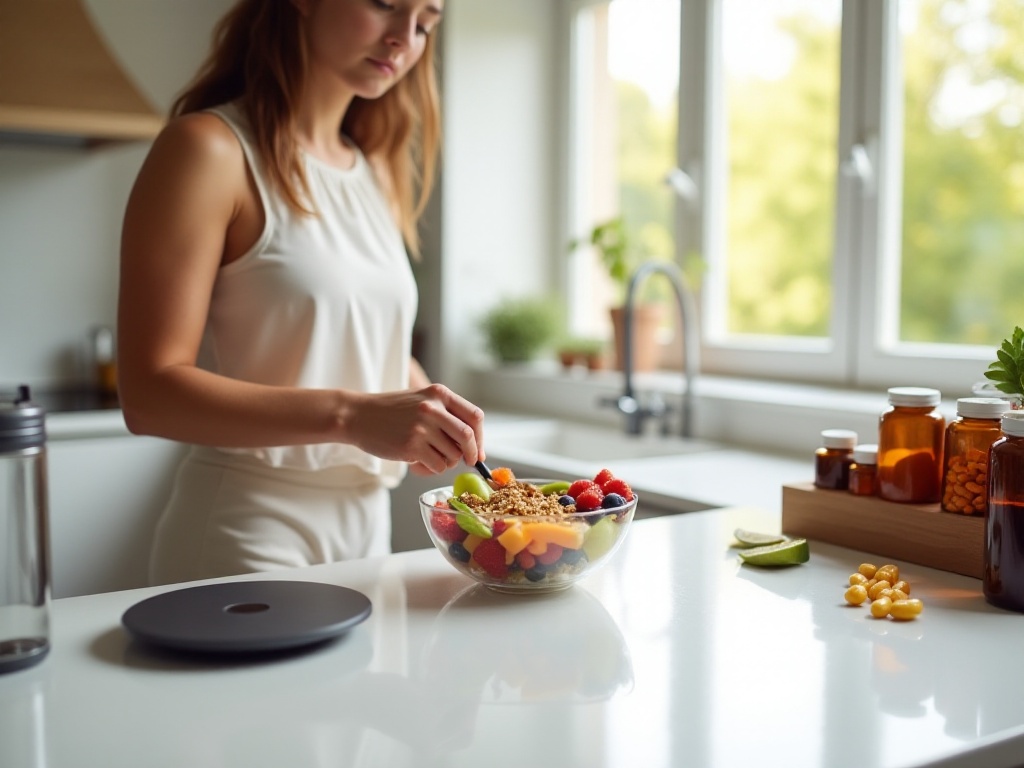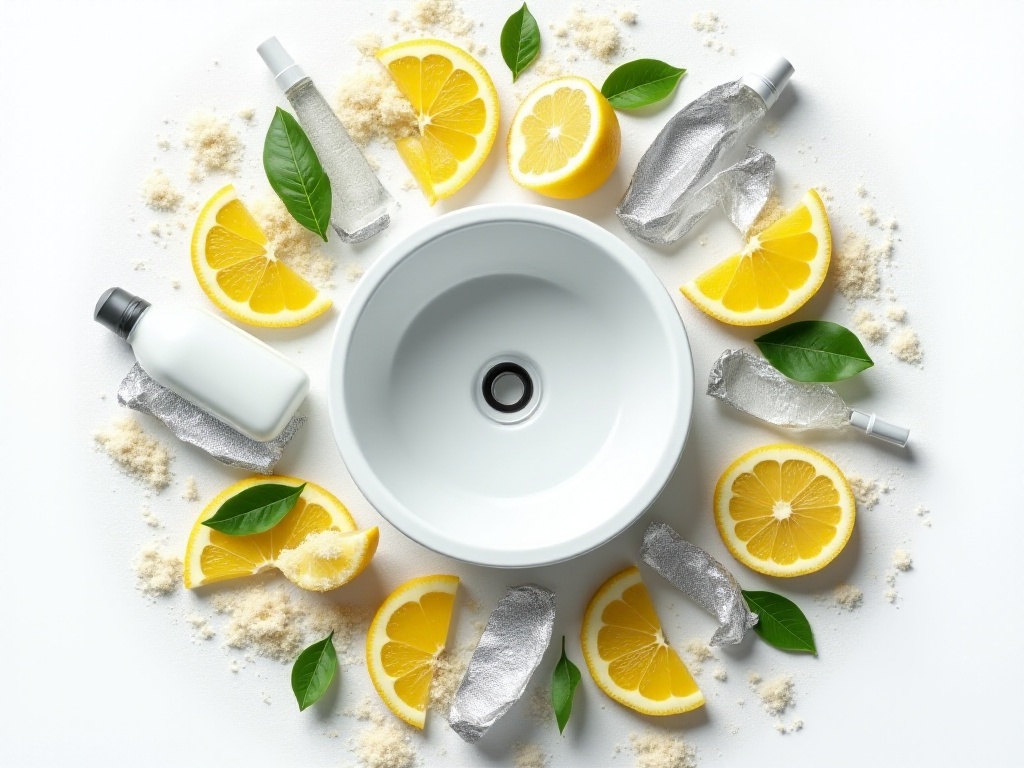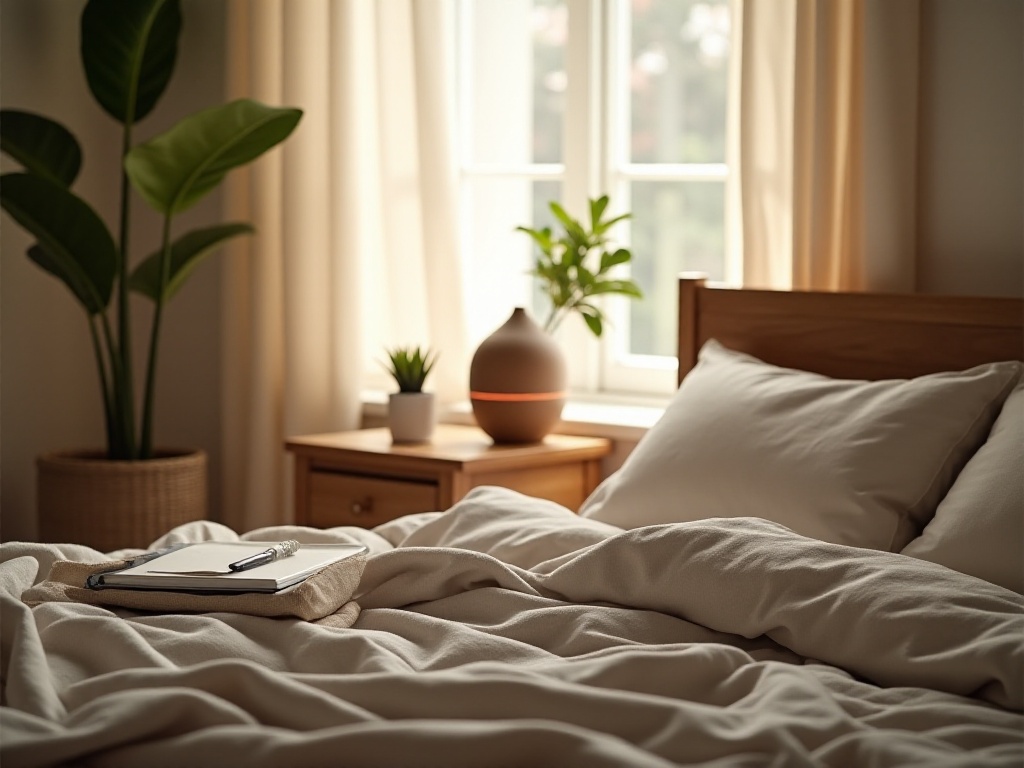Opening
Are you often frustrated by stubborn stains in your kitchen? Today I'll share some super practical kitchen cleaning tips with you. These are experiences I've gathered and tested over many years, and I believe they can help solve many of your troubles. Before we begin, I want to say that a clean kitchen not only makes cooking more enjoyable but also safeguards the health of the whole family.
Walking into a clean and tidy kitchen always brings a refreshing feeling that lifts your mood. No oil stains on the cutting board, a stove that looks like new, a clean and bright sink, with a light citrus fragrance in the air—this is my ideal kitchen environment. However, maintaining such a state is not easy, especially for housewives who spend time in the kitchen every day, it's quite a challenge.
Cutting Board Revolution
I remember that day when I was organizing the kitchen, I suddenly realized that the cutting board we use daily is actually a hotbed for bacteria. Did you know? An ordinary cutting board might have 10 times more bacteria than a toilet seat. This data startled me, and since then I've been researching ways to clean cutting boards.
After repeated experiments, I discovered a super effective method - the lemon-salt scrubbing technique. How does it work? First, sprinkle a layer of salt on the cutting board surface, then rub it repeatedly with half a lemon dipped in salt. This method not only kills bacteria and removes odors but is also particularly environmentally friendly. Salt granules can penetrate wood grain to remove stains, while the natural acidity of lemon can break down grease and kill bacteria.
Different materials of cutting boards require different cleaning methods. For wooden cutting boards, besides the lemon-salt scrubbing method, I also regularly maintain them with cooking oil. First thoroughly wash the board with warm water, after drying, apply a thin layer of cooking oil, which can prevent the wood from cracking and extend its lifespan.
Plastic cutting boards, though inexpensive and convenient to use, are most prone to knife marks, and these tiny scratches become breeding grounds for bacteria. For plastic cutting boards, I rinse them with boiling water after washing and then dry them in sunlight, utilizing the natural sterilizing effect of sunlight.
Bamboo cutting boards need special attention to moisture prevention. They should be wiped dry immediately after use and avoid prolonged soaking in water. Regular wiping with white vinegar not only kills bacteria but also prevents mold.
The storage method of cutting boards is also important. It's best to store them vertically, ensuring adequate ventilation and preventing bacterial growth. I installed a cutting board rack in my kitchen, which not only saves space but also keeps the boards dry and hygienic.

Microwave Savior
Speaking of microwaves, are you often troubled by splattered oil stains everywhere? I used to struggle with this too, until I discovered the "lemon steam method."
The method is super simple: pour some lemon juice into a bowl, mix with water, and microwave it for two minutes. Something magical happens - the steam automatically softens stubborn stains, making them easy to wipe clean. I've been using this method for over half a year, and it works really well.
Besides the lemon steam method, I've mastered some other microwave cleaning tips. For example, when heating foods that might splatter, you can cover them with a microwave-safe cover to effectively prevent food splashes. If something does splatter, wipe it while it's still hot, as the stains are easier to clean before they completely dry.
Cleaning the microwave turntable is also important. I regularly remove the turntable and wash it with mild detergent, paying special attention to the rollers underneath where food debris often accumulates. After washing, make sure it's completely dry before putting it back to prevent bacterial growth.
Don't neglect cleaning the microwave door. The glass often gets covered with fingerprints and oil stains, and I use vinegar water to wipe it, which not only removes stains but also maintains the glass's transparency. Pay special attention to cleaning around the door seal, where dirt easily accumulates.
For cleaning the microwave interior, besides the lemon steam method, I also make a paste with baking soda, apply it to the walls, let it sit for a few minutes, then wipe clean. This effectively removes stubborn stains and odors.

Sink Innovation
The sink is probably the place in the kitchen most prone to odors. According to a home cleaning association survey, 90% of households have sink odor issues. But the solution is actually very simple - it's the common lemon.
Just throw used lemon peels into the sink and scrub for a minute, and the odor disappears. I've recommended this trick to many friends, and they all say it works great.
Daily sink maintenance is actually quite scientific. First, clean food residue promptly after each use to avoid clogs. I installed a fine mesh strainer in the sink drain that effectively catches food debris and prevents drain clogs.
The edges and crevices of the sink are most prone to dirt accumulation, so I use a toothbrush with baking soda to scrub them carefully. For stainless steel sinks, regularly wiping with olive oil maintains shine and prevents water stains.
Drain maintenance is also important. I flush the drain with boiling water weekly to dissolve grease in the pipes. If drainage slows down, I sprinkle in baking soda, pour in white vinegar, wait a few minutes, then flush with hot water, which effectively clears the pipes.
Sink disinfection shouldn't be overlooked. I regularly disinfect with diluted bleach, but be careful not to make it too concentrated to avoid damaging the sink surface. After disinfecting, rinse thoroughly with clean water to ensure no residue remains.

Cleaning Misconceptions
At this point, I must point out several common cleaning misconceptions:
First, many people like to use strong cleaners, thinking stronger-smelling ones work better. Actually, according to environmental organizations, excessive use of chemical cleaners can increase indoor air pollution by up to 40%. Gentle, natural cleaning solutions are often safer and more effective.
Second, some people think scrubbing harder means cleaning better. This idea needs to go. Excessive force can actually damage surfaces and make stains harder to remove.
Besides these two main misconceptions, there are other common errors that need correction. For instance, some believe hotter water is better, but extremely hot water can actually cause certain stains to set, making cleaning more difficult. Moderate water temperature is best.
Many people like using sponges to wash dishes, not knowing that damp sponges are breeding grounds for bacteria. It's recommended to sanitize sponges daily with boiling water or replace them regularly. A better choice is using brushes that dry quickly.
Some people habitually hang cleaning cloths on the faucet, which not only breeds bacteria but causes cross-contamination. The correct approach is to have multiple cloths for different uses, washing and drying them promptly after use.
For kitchen countertops, some people like using newspapers to save paper towels. Actually, newspaper ink can contaminate surfaces, so it's better to use dedicated cleaning cloths or kitchen paper.

Cleaning Schedule
So, how can we systematically implement these methods? Here's my suggested schedule:
Daily: Lemon deodorizing, simple wiping Weekly: Deep clean cutting boards, thorough microwave cleaning Monthly: System check, replace cleaning tools
Specifically, daily cleaning includes: immediately cleaning dishes after meals, wiping counters and stoves, emptying trash, ensuring no residue in the sink. Though simple, these tasks need to become habits and be done promptly.
Weekly deep cleaning includes: thoroughly washing cutting boards, disinfecting sinks, cleaning the microwave, wiping cabinet surfaces, organizing the refrigerator. Choose a fixed time for these tasks, like weekend mornings, to maintain good cleaning habits.
Monthly system checks are more comprehensive: check if appliances need deep cleaning, replace worn cleaning tools like sponges and cloths, check if storage spaces are organized, clean rarely used utensils.
To better execute this plan, I suggest preparing a cleaning toolkit containing commonly used items like baking soda, white vinegar, lemons, sponges, and cloths. Keep the toolkit easily accessible but away from food.

Concluding Thoughts
Using these methods, I've reduced my kitchen cleaning time from an hour to 20 minutes. Isn't that amazing?
Finally, I'd like to ask, do you have any unique cleaning tips? Feel free to share in the comments. Your experience might help others!
Though cleaning work is tedious, it can become easy and fun with the right methods. I hope these suggestions help you create a clean and tidy kitchen space.
Remember, improvements in quality of life often lie in these small details. Let's make housework a fun activity together.
Before ending, I want to say that keeping a clean kitchen isn't just about visual comfort, but about family health. A clean kitchen makes cooking more enjoyable and gives family members peace of mind about their food. Let's work together to create a clean, healthy, and joy-filled cooking space.







